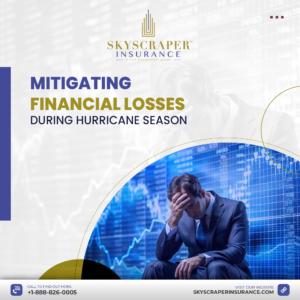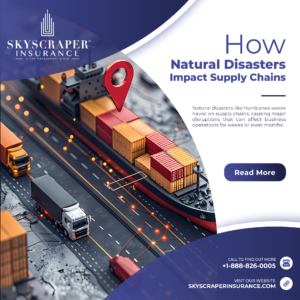While most homeowners will see lower premiums, others will face higher rates under the NFIP’s long-awaited new system.
Storm surge surrounds a home as Hurricane Delta makes landfall in Port Arthur, Texas, on Friday, Oct. 9, 2020.
(Bloomberg) — On Friday, April 2, the Federal Emergency Management Agency unveiled the details of an overhaul to its beleaguered National Flood Insurance Program, the initiative’s first major update in 50 years. Most homeowners in the program will have lower or stable premiums, but roughly 11% of homes — largely the highest value ones — will see increases in premiums of at least $10 a month. Those could continue to rise until they reach a cap of $12,000 a year.
The NFIP serves roughly 5 million homes, most of which are in high-risk flood areas. Premiums have risen steadily over the years, and yet the program is more than $20 billion in debt, in part because of climate change-related phenomena such as sea-level rise and increased storms and heavy precipitation events, which lead to more intense and more widespread flooding.
Up until now, FEMA used a fairly simple methodology developed in the 1970s that based risk ratings on two factors: whether homes were inside a severe flood zone, and if so, their elevation within those zones. FEMA says its new model, Risk Rating 2.0, is based on huge advances in technology, including sophisticated catastrophe models that are standard for the private insurance industry.
“The new methodology is not a minor improvement but a transformational leap forward,” said David Maurstad, senior executive of the NFIP. The agency said such models would allow them to adapt fluidly to all sorts of changes in weather and the built environment. “We will be able to reflect the impacts of climate change in the years to come, unlike with the antiquated program we are saddled with at this time,” he said.
The rollout of the new system has been expected — and delayed — for years. The agency must now manage the concerns of politicians afraid of fallout from constituents facing higher premiums. FEMA said it would roll out Risk Rating 2.0 gradually, allowing homeowners now eligible for discounts (nearly a quarter of current policyholders) to receive those as soon as October of this year, when the program kicks in. Meanwhile, elevated premiums won’t hit until April of 2022. None will face more than an 18% annual increase.
“It is great to see that FEMA is moving forward with Risk Rating 2.0, which is so badly needed,” said Matthew Eby, executive director of the First Street Foundation, a climate and technology non-profit that has done its own extensive flood-mapping. He said he hoped FEMA’s new rightsized risk program, along with other tools, “will not only empower Americans to make fully informed decisions but fundamentally change the calculus involved in where we live and develop.”
The result is that FEMA’s revenue will actually drop by half a billion dollars in the first year of the program compared to the $4.5 billion it currently collects in premiums. This will even out over the next three years, FEMA officials said, but they also added that it could take as long as 15 years for the homes that ought to be paying more to reach the $12,000 cap. That cap may be adjusted over time, the agency said. Even after the price increases, though, FEMA doesn’t expect to break even.
Another big change in the program will reflect another standard private insurance practice: homes that cost more to replace will have higher premiums. Currently, Maurstad said, some of the oldest homes in the program have the highest premiums, while fancy new coastal properties have some of the lowest. “There was an inequity in the program that built up over time that needed to be addressed,” he said.




